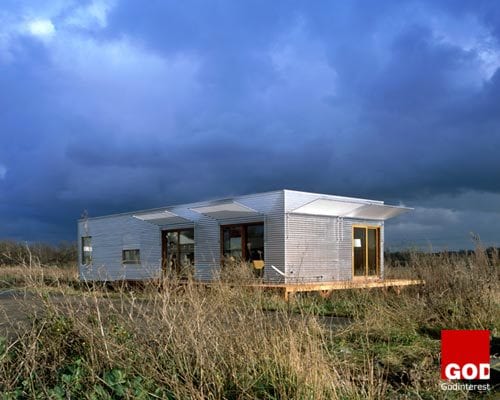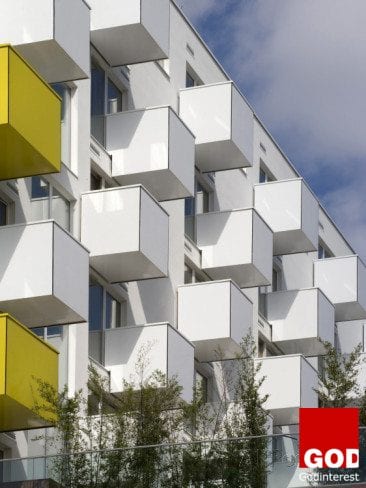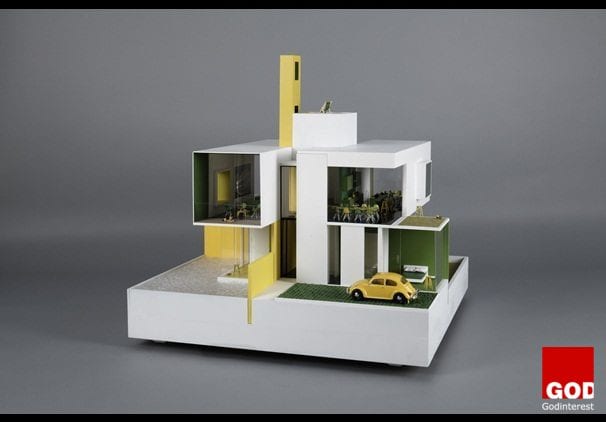Long Way from Home: The Housing Crisis Lingers On “Distinguished home in need of work” as listed with Vanguard Properties “Housing Special.” However, is this property a rich man’s dream or worst nightmare?
With rotting wooden shingles, peeling paint and boarded-up windows, this 1906 single-story home need’s a lot of work. But the price is what had people talking. The asking price was $350,000, for 2 bedrooms, one bath, and a mere 765 square feet, about the size of a hotel suite.
The Golden Gate City’s out-of-control Housing Market
Located at 16 De Long Street in the more affordable Outer Mission district, the house price reflects the out-of-control real estate market in San Francisco. Since 2012, the city has seen a 103% increase in housing prices. The average apartment in the city rents for $3,500 a month, and the median housing price reached an all-time high of $1.2 million and it’s expected to climb another 5.2% in the year ahead, according to Zillow. Manhattan rents in August, by comparison, topped $3,460, according to StreetEasy, a New York real-estate research firm that’s part of the Zillow Group Z, -2.95% .
The San Francisco Real-estate Market Is Probably the Hottest Market in the U.S Right Now
Not surprisingly, given the state of the actual building, the home’s value isn’t in the structure but in the land that it sits on.
Thinking of Moving to San Francisco to Make It Big in the Tech Industry
With the influx of tech workers driving up the housing market, along with a strain on the supply of houses to meet demand, it is understandable to brokers in San Francisco why prices seem so unrealistic.
$1.2 Million Is What It Costs to Buy a Shack in San Francisco, Literally
The home is an earthquake shack. These tiny homes were built after the 1906 earthquake to house people who lost their residences. Many still remain around the city and have been restored, updated and refurbished.
According to a report from Curbed San Francisco, the house had rats, black widows, mold, and hundreds of bottles of urine inside it when it went up for sale and was subsequently sold for $1.52 million.
The tiny home backs on to the eight-lane 280 freeway and a Bay Area Rapid Transit, or rail line that begins running at 5 a.m. and doesn’t stop until nearly 2.a.m.
On the flip side biking it to the local station only takes eight minutes and getting on to the freeway isn’t difficult either, if you want to get out of town or into the city by car. Three golf clubs are also nearby. And, for those late-night snacks, a convenience store stands just a few steps away at the corner of De Long and San Jose Avenue.
So maybe it wasn’t such a bad deal, after all? or is it a sign of how crazy the San Francisco real estate market has become?
Michael Lewis, writing for The New Republic, describes the negative effect of wealth on the moral behavior of wealthy people. He cites studies in which wealthy people, again and again, demonstrate a sense of entitlement and disregard for justice.
“As the recession lifted, poor and middle class Americans dug deeper into their wallets to give to charity, even though they were earning less. At the same time, according to a newChronicle analysis of tax data, wealthy Americans earned more, but the portion of the income they gave to charity declined.”
So rich people, statistically speaking, demonstrate disregard for their fellow citizens and the laws of the land. None of this should come as a surprise for Christians. Jesus warned of the dangers of wealth (Matthew 13:22) and of course Paul warns in 1Timothy, “the love of money is the root of all evil.” And yet solving the problem of extreme wealth in America is not so easy as spouting Bible verses. And for wealthy Christians, the solution to the problems of extreme wealth comes from entrusting that wealth to the Lord to the benefit of all.







